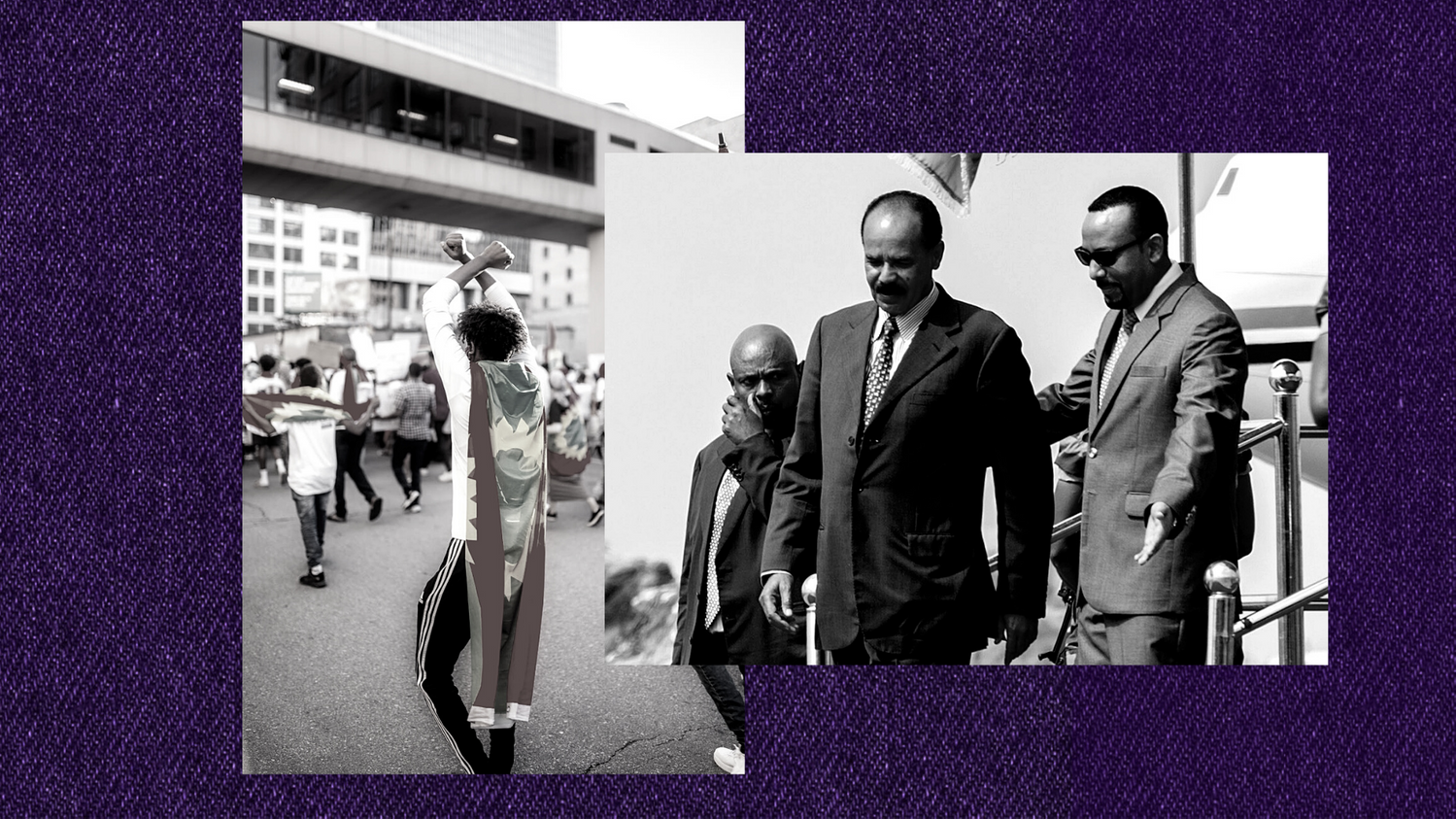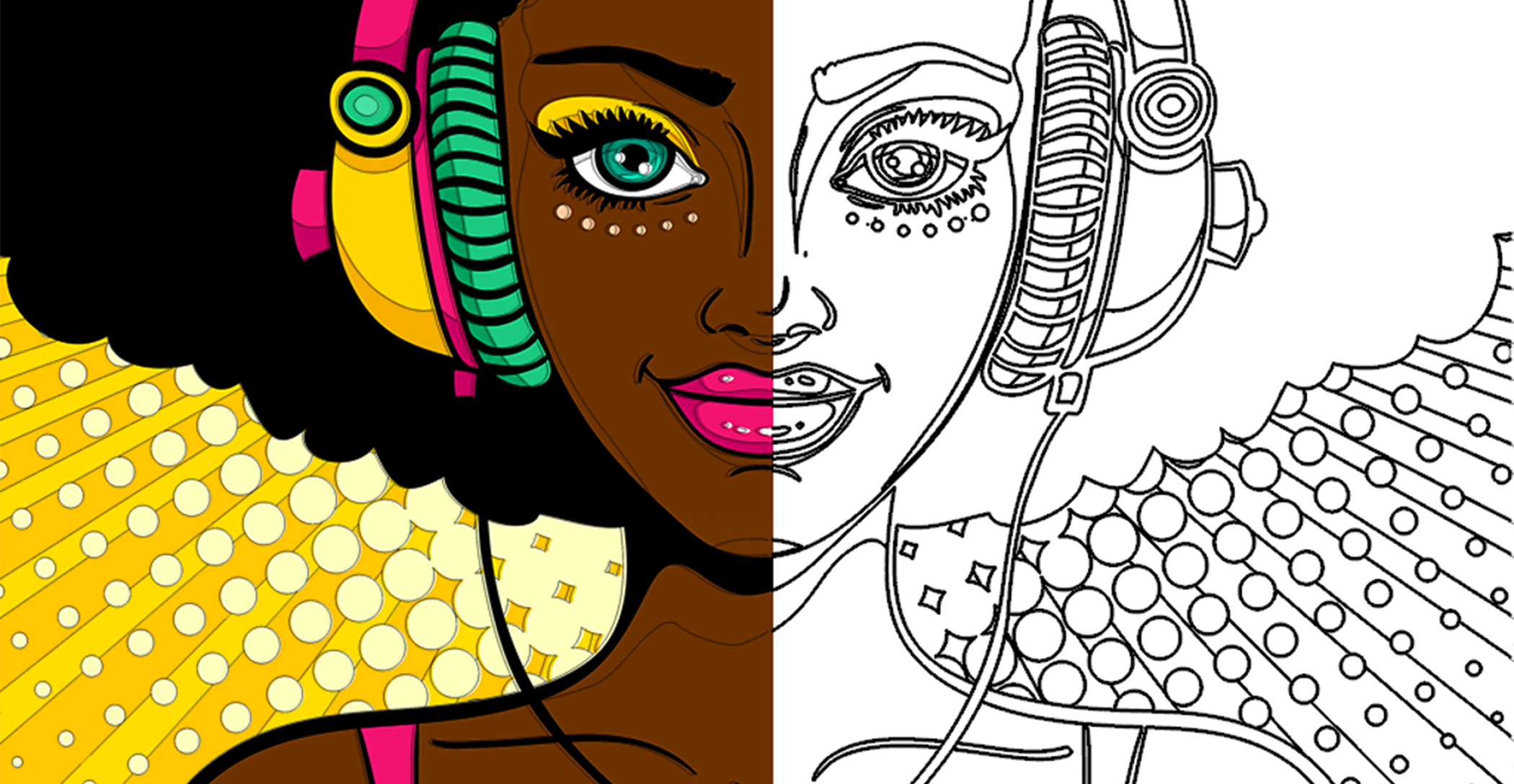For the entirety of my life, I’ve witnessed the bitter, warring relationship between neighboring countries Eritrea and Ethiopia. In 2018, communities across the horn of Africa and the world took a collective sigh of relief when Ethiopian Prime Minister Abiy Ahmed initiated a peace agreement that began to restore stability to the region. PM Abiy even won a Nobel Peace Prize in 2019 for his efforts to reconcile conflict and usher in amicable relations. But that sigh of relief was short-lived as violence began to escalate in November 2020 in the northern Tigray region of Ethiopia, bordering Eritrea.
In early November Abiy stated that Tigrayan forces, part of the ruling political party of the Tigray People’s Liberation Front (TPLF), attacked a national military base. PM Abiy responded by deploying troops to the region and severing telephone and internet networks. A few days later, fighting ensued with a regional massacre that killed hundreds of civilians. Both Ethiopian and Tigrayan forces used missiles to bomb areas with suspected military weaponry, leaving the region devastated and on the brink of civil war yet again.
Leading up to this violent outbreak, tensions between the TPLF and PM Abiy had been mounting. As part of his peace efforts in 2018, PM Abiy unified several coalition groups—including the TPLF—into the Prosperity Party, but the TPLF refused to join. Instead they held their own elections this past September with over 2.7 million people participating. Observers named this as a key provocation by disgruntled TPLF forces who believed that their interests were being diminished. PM Abiy stated that the federal government would not recognize the results of the election and banned foreign journalists from traveling to Tigray to document the elections.
Ethiopia and Eritrea share a long and tumultuous history. From 1961 to 1991 Eritrea fought a long war of independence against Ethiopia. The conflict ended when the Ethiopian People’s Revolutionary Democratic Front (EPRDF), a rebel group backed by the TPLF, overthrew the government and established a new regime. TPLF’s political ideology was formed in accordance with Marxist-Leninist ideals, and it sought to retain power within a dominant-state party rather than a one-party rule. After the demise of Soviet communism, the TPLF adopted a constitutional democracy to secure American funding but in practice continued as an authoritarian government. The TPLF has stood as the most powerful, armed liberation movement in Ethiopia until the appointment of PM Abiy.
Today more than 40,000 displaced Ethiopian refugees have fled to neighboring Sudan for safety. Sudan itself is in the midst of an unstable transitional government as it deals with massive flooding and food shortages across the nation. This conflict, in addition to the COVID-19 response and ongoing Nile dam dispute, have thrust the horn of Africa into a precarious limbo.
Ethiopian officials have announced that they will hold a parliamentary election in June to determine the new PM. Abiy has declared that the conflict is over, but the international community is holding its breath in hopes of bringing greater stability to the region. There has been little transparency concerning the on-the-ground reality of Tigrayans in the region, especially with the continued lack of communication and network access. Ethiopia and Eritrea stand at a revolutionary time in their history—either turning back to a repressive legacy of political violence, or ushering in a new era of peace and stability.






